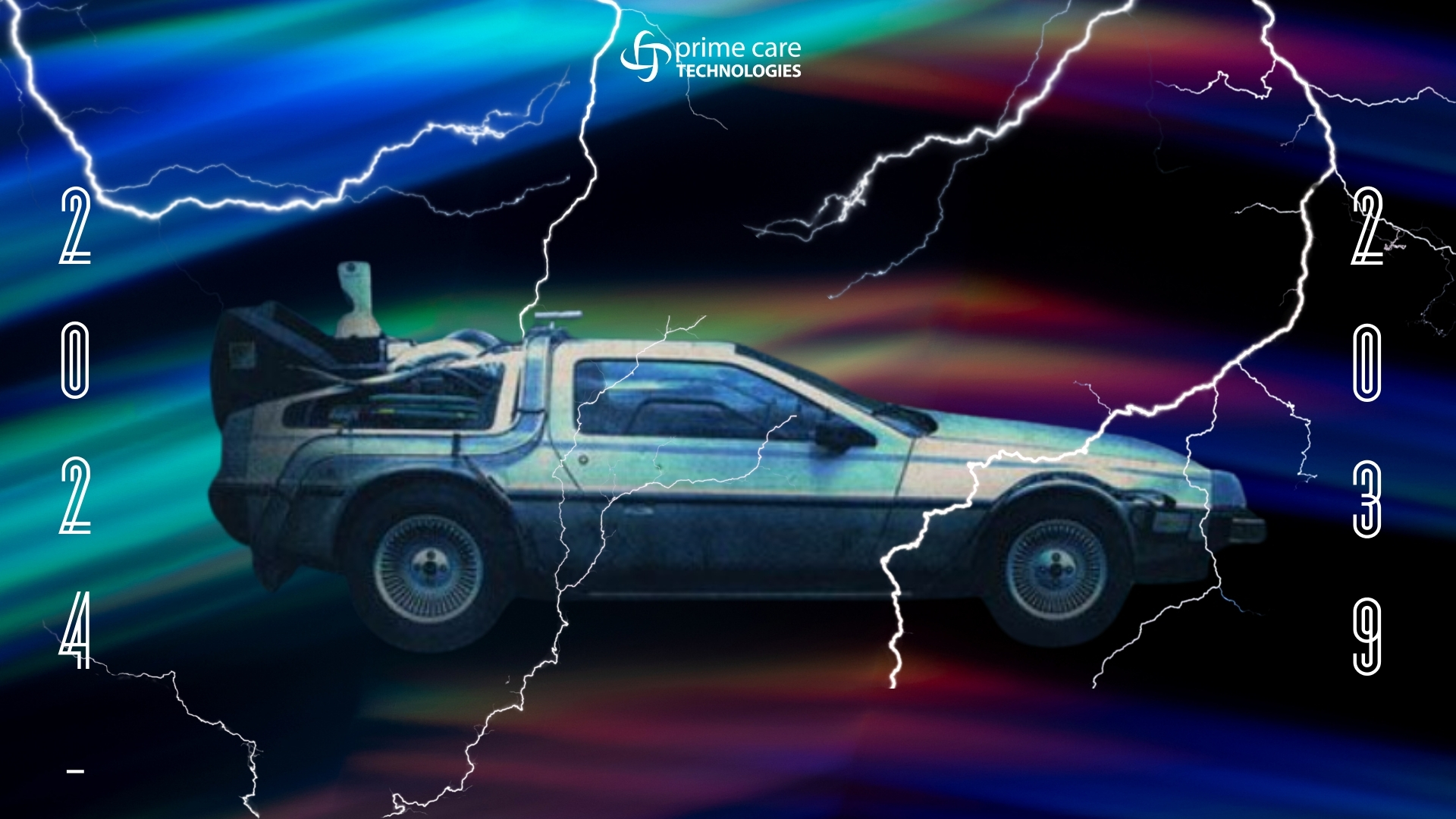What does the future of post-acute care look like in 15 years and what does it mean for the future of healthcare?
We may not be able to predict the future, but we can take note of the current trends and perform pattern analysis. Here are our predictions:
The Expansion of Home-Based Care Services
In the next 15 years, we can expect to see a significant expansion of home-based care services in the post-acute care landscape. With advancements in technology and a growing emphasis on personalized care, more and more individuals will have the option to receive care in the comfort of their own homes. Home-based care services could include a wide range of medical and non-medical services, such as nursing care, physical therapy, medication management, and assistance with daily activities. These services will be delivered by a team of trained professionals who will visit patients' homes on a regular basis to provide the necessary care and support. Additionally, advancements in remote monitoring technologies will enable healthcare providers to closely monitor patients' health conditions and intervene in a timely manner if any issues arise. This shift towards home-based care will revolutionize the way post-acute care is delivered, allowing individuals to age in place and receive the care they need in a familiar and comfortable environment, providing patients with a greater sense of independence and dignity and alleviating the strain on healthcare facilities and reduce healthcare costs.
Future Innovations in Technological Solutions
The future of post-acute care will be shaped by innovative technological solutions that aim to improve patient outcomes and enhance the efficiency of care delivery. While the development of wearable devices and sensors that can continuously monitor patients' vital signs and health conditions are already underway, the efficiency and widespread use of these devices will expand, enabling healthcare providers to track patients' progress in real-time, identify potential issues early on, and adjust treatment plans accordingly.
Another area of innovation will be in the use of artificial intelligence and machine learning algorithms to analyze large volumes of patient data and identify patterns and trends. By leveraging these technologies, healthcare providers will be able to make more accurate diagnoses, customize treatment plans based on individual patient needs, and predict potential complications before they occur.
Furthermore, the future will see the integration of virtual reality and augmented reality technologies into post-acute care. These technologies will enable healthcare providers to create immersive and interactive experiences for patients, helping them to manage pain, improve mobility, and engage in therapeutic activities.
Overall, future innovations in technological solutions hold great promise for improving the quality and efficiency of post-acute care.
The Value of Telehealth in 15 years' time
The use of telecommunications technology to deliver healthcare services remotely will play a crucial role in the future of post-acute care. In 15 years' time, telehealth will become even more integrated into the healthcare system, providing patients with convenient access to healthcare services and reducing the need for unnecessary hospital visits. Patients will be able to consult with healthcare providers via video calls, receive remote monitoring and follow-up care, and access educational resources to better manage their health conditions. This will be particularly beneficial for individuals in rural or underserved areas who may have limited access to healthcare facilities. Telehealth will also enable healthcare providers to collaborate and consult with experts from around the world, improving the quality of care and expanding treatment options for patients. Additionally, telehealth will help to streamline healthcare operations, reduce costs, and improve overall patient satisfaction.
In summary, the value of telehealth in 15 years' time will be immense, revolutionizing the way post-acute care is delivered and enhancing healthcare accessibility for all.
Data Analytics
Data analytics will play a crucial role in the future of post-acute care, enabling healthcare providers to make more informed decisions and improve patient outcomes. In 15 years' time, the integration of data analytics into post-acute care will be widespread, allowing healthcare providers to leverage the power of data to identify trends, predict patient outcomes, and optimize treatment plans.
By analyzing large volumes of patient data, healthcare providers will be able to identify patterns and correlations that may not be apparent through traditional means. This will enable them to develop personalized treatment plans that take into account individual patient characteristics, preferences, and risk factors. Additionally, data analytics can help healthcare providers identify areas for improvement in care delivery and implement targeted interventions to enhance patient safety and outcomes.
Moreover, the integration of data analytics will facilitate better coordination and communication among healthcare providers, ensuring that patients receive timely and appropriate care across different care settings. It will also enable healthcare organizations to track and monitor the performance of their post-acute care programs, identify areas of inefficiency, and implement strategies for improvement.
Staff Education and Training
As the landscape of post-acute care evolves, it will be crucial for healthcare organizations to invest in staff education and training to ensure that healthcare professionals are equipped with the skills and knowledge needed to provide high-quality care. In the next 15 years, there will be a greater emphasis on interdisciplinary collaboration and teamwork, as healthcare professionals from different backgrounds work together to deliver comprehensive and coordinated care.
Healthcare organizations will invest in ongoing education and training programs to keep healthcare professionals up to date with the latest advancements in post-acute care. This will include training on new technologies, evidence-based practices, and communication and leadership skills. Additionally, healthcare professionals will be encouraged to pursue advanced certifications and specializations to further enhance their expertise.
Furthermore, there will be a focus on fostering a culture of continuous learning and improvement within healthcare organizations. This will involve creating opportunities for healthcare professionals to engage in research, quality improvement projects, and interdisciplinary learning forums. By investing in staff education and training, healthcare organizations will ensure that their workforce is well-prepared to meet the evolving needs of post-acute care.
In summary, investments in staff education and training will be essential for driving positive change and ensuring the delivery of high-quality post-acute care in the future.
What do you think assisted living/post-acute care will look like 15 years from now? Give us your thoughts! Are there any trends that you've been noticing? What's happening in your communities? Comment below or email us, we want to hear from you!
/Prime-Care-Technologies-Logo.png?width=191&height=55&name=Prime-Care-Technologies-Logo.png)


/PCT-Trans.png)

